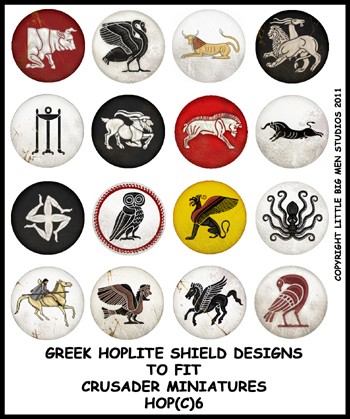

These belts apparently had some cultural meaning: Note that they do wear bronze belts, sort of like a wrestler's championship title belt, the same as the Samnites and other Italian tribes of this era. These are probably middle- or lower-class members of Apulian society, as they can't afford helmets or body armor. From the back you can see the Greek-style swords. 3 The Apulian tunic designs look a lot like soccer jerseys. Since then I've started pinning the shields to the arms of these figures with short (5mm) lengths of brass rod to be detailed in a later post.įig. Since I did these, I discovered that merely super-gluing the shields to the figures' arms wasn't strong enough to hold them, even when both surfaces were clean and roughed up. I don't like how the angled " glacis slope" looks on such small bases, though. 5 A proper Continental lieutenant, with a silver-laced epaulette on his right shoulder.Īt the time I started these I was using 20mm square magnetic bases from GF9, which are no longer made. Only an officer would wear an epaulette of silver bullion, and it would be on the left shoulder.įig. The epaulette in figure 4 should either be green (for a corporal) or red (for a sergeant). 4 An epaulette on the right shoulder means this is a sergeant or corporal - the silver lace is my mistake. This would have helped drummers to stand out from the rest of the soldiers, either as an aid to signalling, or merely as a decorative conceit.įig. The drummer in figure 3 wears "reversed colors": a coat of the regiment's red facing color, with facings (collar, cuffs, and lapels) of the regiment's "base" color (dark blue). 3 The drummer wears "reversed colors", red with blue facings. These shorter gaiters are lighter, have fewer buttons to fasten, and probably do just as good a job of keeping stones out of one's shoes.įig. "Small clothes" - waist coat and breeches - are now often white (really a linen off-white), and the long over-the-knee gaiters of the Seven Years War era have shrunk to "half gaiters" that leave the top halves of the stockings exposed.

The coats of the 1770s have become closer-fitting than the larger coats of the 1750s, with smaller cuffs. 2 Very smart-looking late 18th century uniforms.

Test fit the pin in each hole, then dab superglue in each hole, place the pin using needlenose pliers, and assemble.įig.1 A trio of Perry AWI figures: two officers and a drummer.įig. 7 Snipping off about 3/16-inch or so of brass rod for the pin. 6 Test-fitting the 1/32-inch brass rod in the shield's drill hole.įig. 5 Drilling into the poor guy's knuckle with the pin vise.įig. The small piece will want to fly across the room.įig.

Then, I estimate the length of pin needed - in this case, about 3/16th of an inch (about 5mm) - and snip off the brass rod with a pair of snips. I drill matching holes in both the back of the shield boss and in the knuckle of the figure's left hand. The bit will be a smaller size, 1/32-inch, about 0.8mm. 4 The spear that the Etruscan is holding is made of 3/64-inch brass rod - a bit over 1mm. To drill, just twirl the pin vice by hand, and curlicues of tin "swarf" will begin to emerge.įig. I use a "pin vice" to hold the #61 numbered drill bit. I use brass rod for pinning, usually the same 3/64th-inch size that I use for spears and flagpoles (about 1mm), but in this case I am using the next smaller size, 1/32th-inch in diameter. 032-inch hole 1/32-inches or about 0.8mm.


 0 kommentar(er)
0 kommentar(er)
